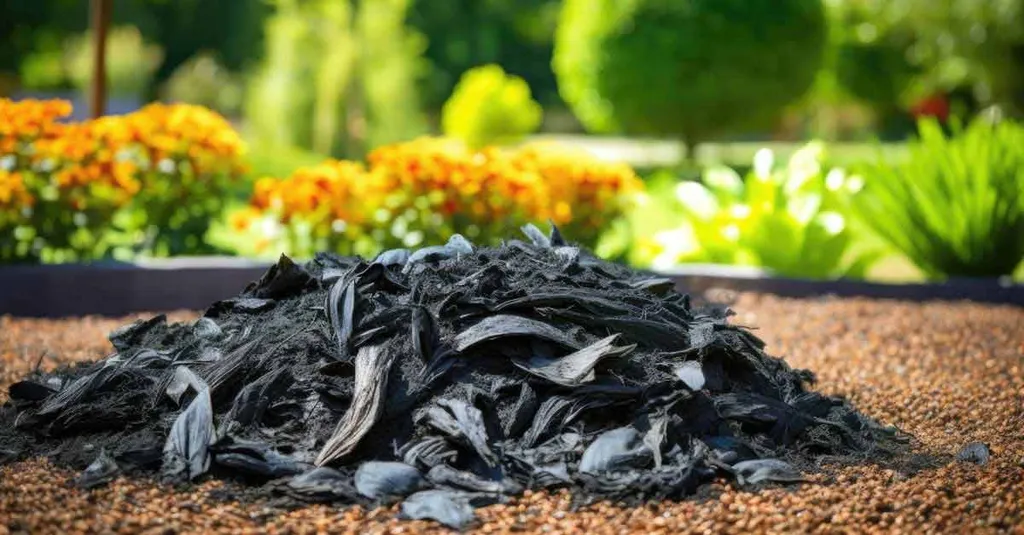In the quest for sustainable energy solutions, scientists are delving deep into the microscopic world of biochar, uncovering secrets that could revolutionize the bioenergy sector. A groundbreaking study led by Liping Du from the State Key Laboratory of Coal Combustion at Huazhong University of Science and Technology in Wuhan, China, sheds light on how biochar’s unique structure can enhance the quality of biofuels, potentially transforming the way we produce and utilize renewable energy.
Biochar, a carbon-rich product derived from the thermal conversion of biomass, has long been recognized for its environmental benefits. Its porous structure and abundant functional groups make it an excellent adsorbent and catalyst, capable of purifying and upgrading bio-oil produced from biomass pyrolysis. But how exactly does biochar work its magic? That’s what Du and her team set out to investigate.
The researchers focused on the dynamic evolution of biochar’s pores, active functional groups, and persistent free radicals under various pyrolysis conditions. They discovered that the spatial effects of these components significantly influence the adsorption and reforming of volatiles—the gaseous products of biomass pyrolysis.
“Biochar’s porous structure acts like a sieve, filtering out heavy components in volatiles,” Du explains. “Meanwhile, the active functional groups and free radicals on its surface facilitate catalytic reforming, enhancing the quality of the resulting biofuel.”
This process, known as char-recycled pyrolysis, could have profound implications for the energy sector. By improving the quality of bio-oil, it can increase the efficiency of bioenergy production and reduce the need for costly refining processes. Moreover, it can help mitigate the environmental impact of biomass conversion, contributing to the decarbonization of industrial activities.
The study, published in Energy Material Advances, also offers insights into the regulation of biochar properties and the migration of organic pollutants during biomass thermochemical conversion. This knowledge could pave the way for the development of more effective biochar-based technologies, from soil amendment to water treatment and beyond.
As the world grapples with the challenges of climate change and energy security, innovations in bioenergy are more crucial than ever. Du’s research provides a promising avenue for enhancing the sustainability and efficiency of biofuel production, offering a glimpse into a future where renewable energy is not just a viable alternative, but a dominant force in the global energy landscape.
The implications of this research extend far beyond the lab. Energy companies, policymakers, and environmental advocates alike should take note. The evolution of biochar structure and its impact on volatile adsorption and reforming could be a game-changer, driving forward the bioenergy revolution and shaping the future of the energy sector. As we strive towards a greener, more sustainable world, biochar may just be the key to unlocking the full potential of biomass as a renewable energy source.

